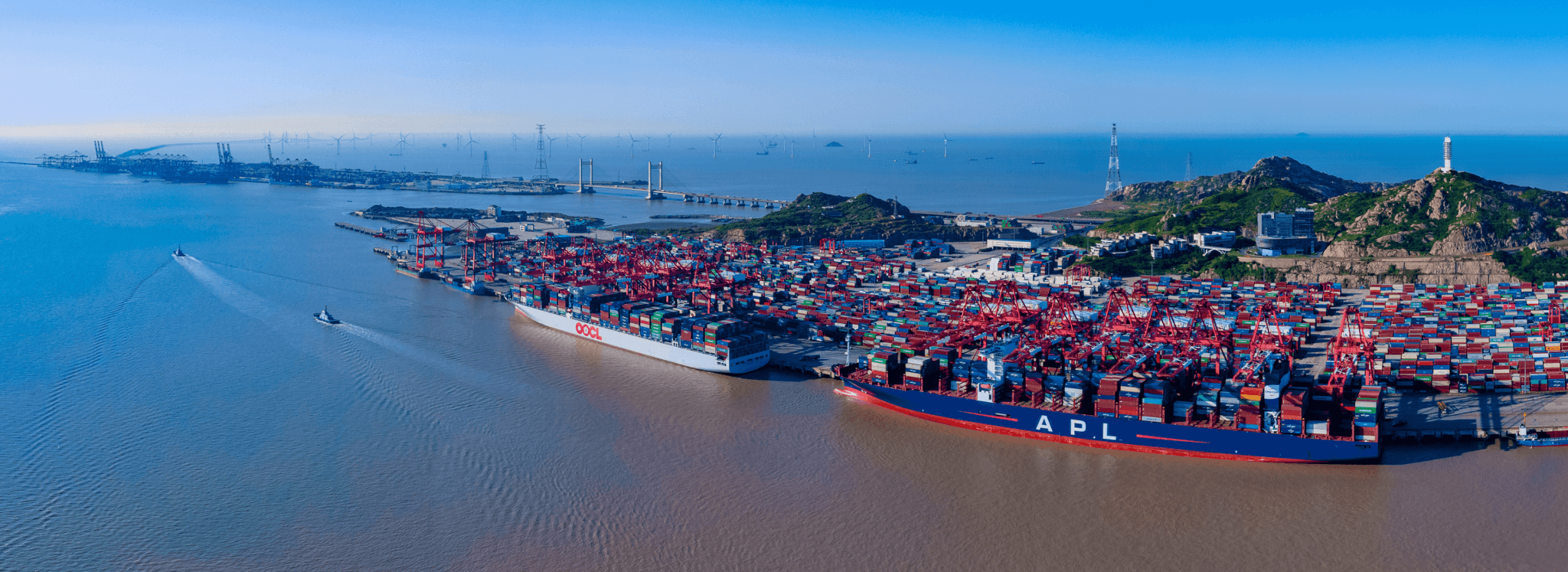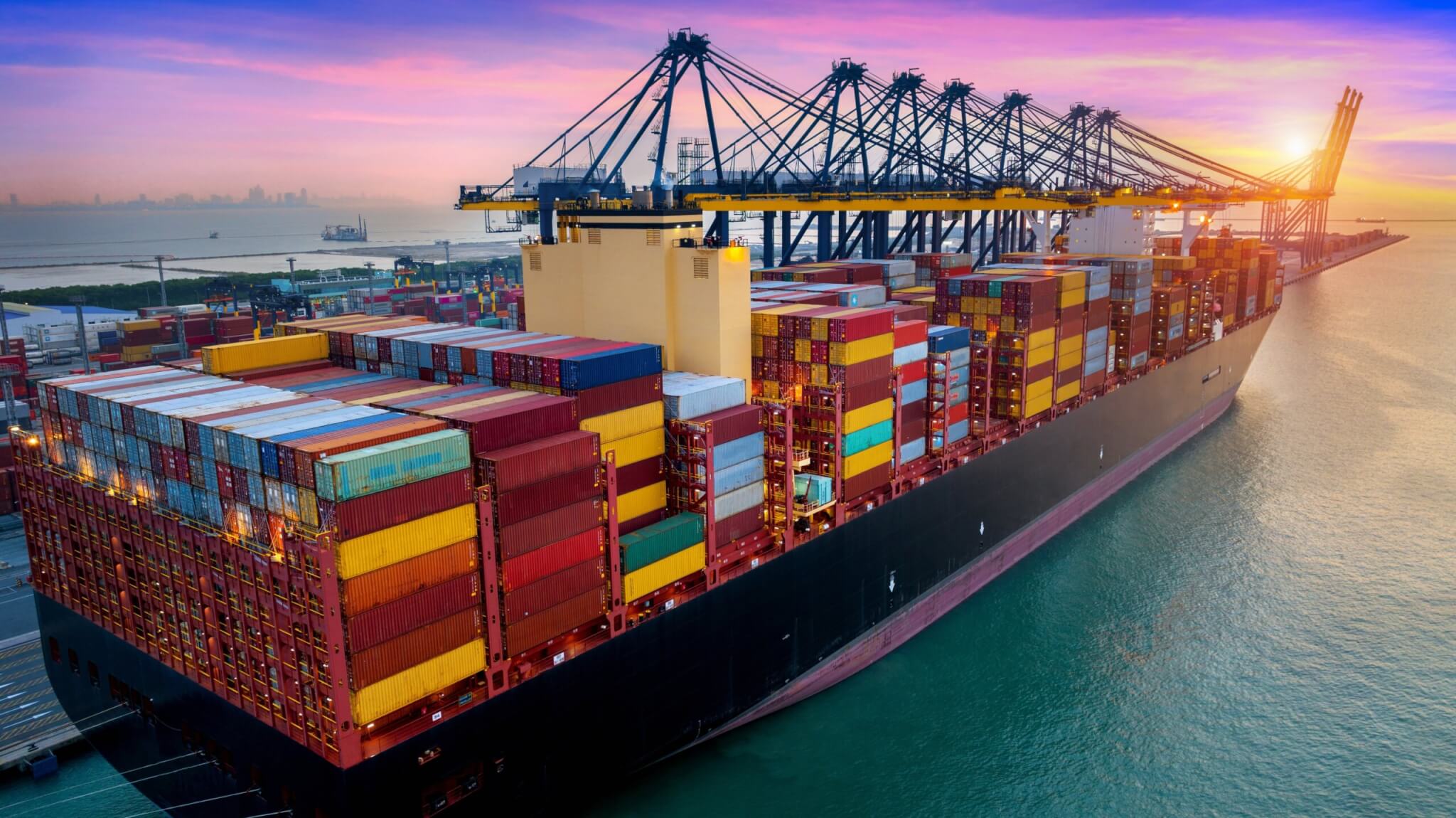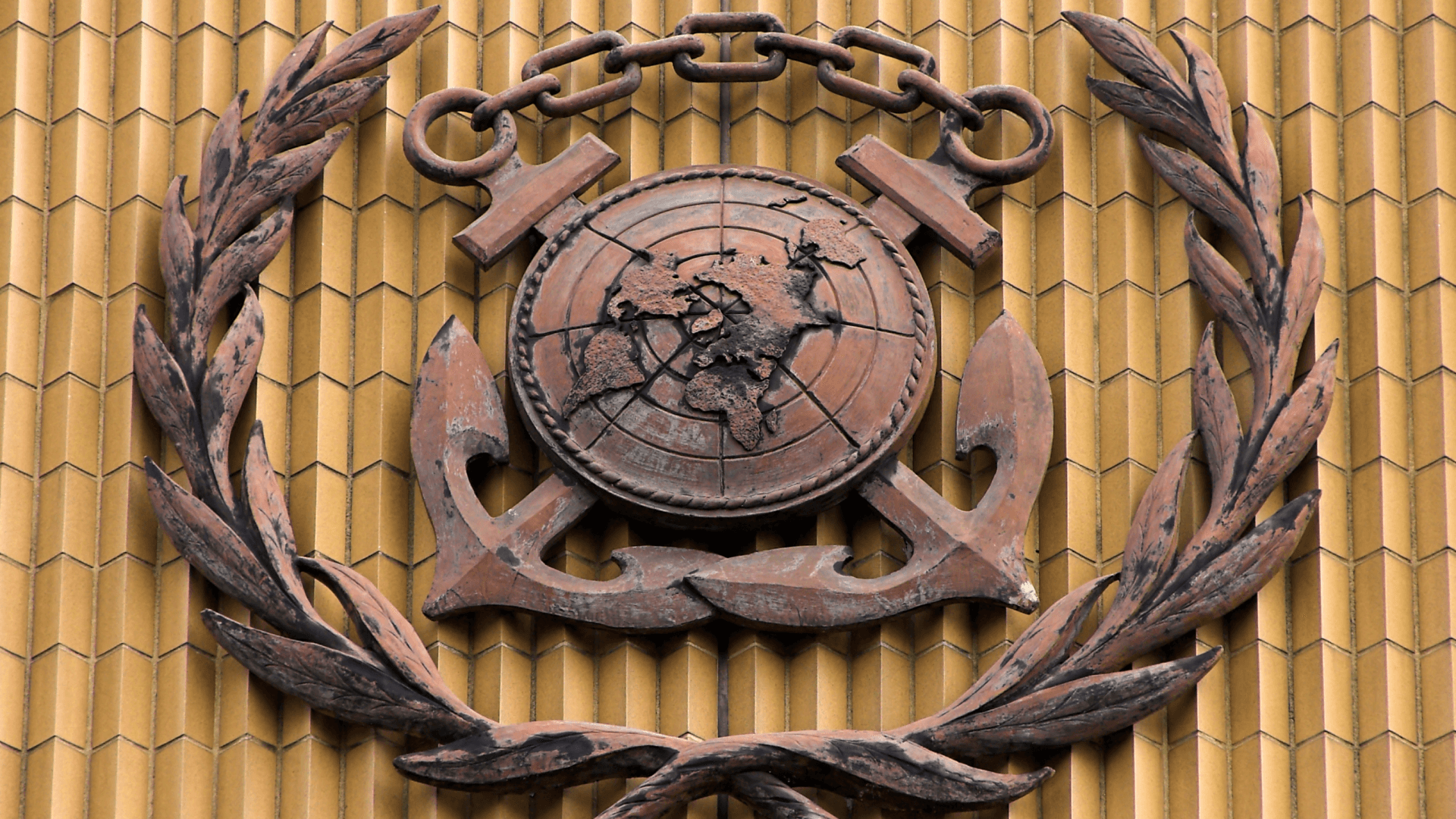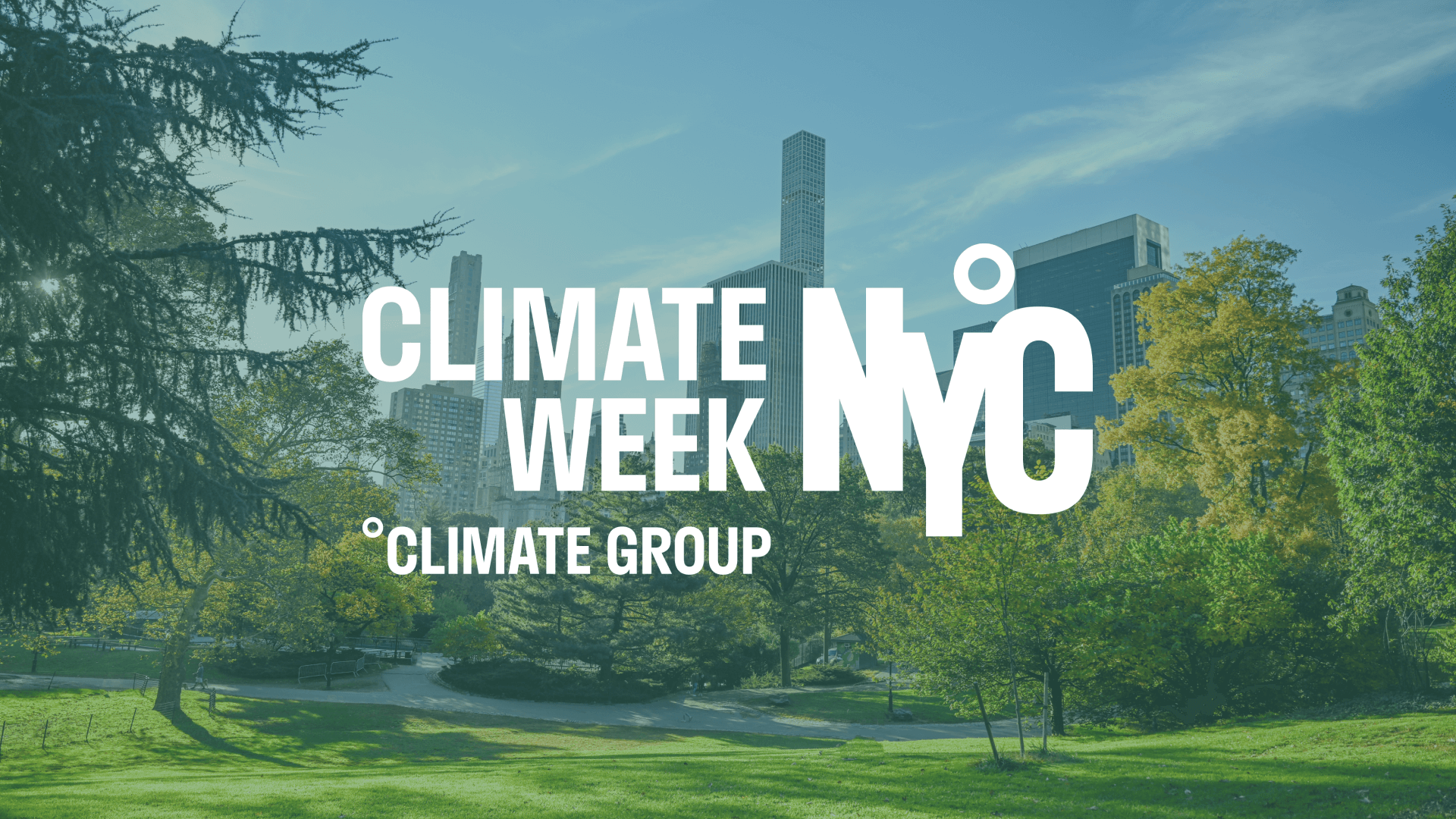
The Ports and Cities of Los Angeles and Shanghai announced a partnership to create a zero-carbon “green” shipping corridor along one of the busiest maritime trade routes in the world by 2030. An implementation plan to be created by the end of 2022 will outline how.
The maritime shipping sector is a complex global web of shipping lines, ports, retail companies, governments, mining companies, and many other stakeholders working together to transport goods and raw materials around the world. Despite the reputation that maritime greenhouse gas emissions are hard to abate, 2021 was a year of notable commitments and calls to action from various stakeholders to help jump-start the decarbonization of this industry:
- A large group of high-ambition private-sector actors, from shipping to ports to energy producers, called for policy action to decarbonize the maritime sector by 2050 and to make zero-emission vessels the default choice for shipping by 2030.
- Cargo Owners for Zero Emission Vessels (coZEV), a group of large global retailers that include Amazon and Ikea, committed to shipping their products solely on zero-emission vessels by 2040 and urged policymakers to ensure the full decarbonization of maritime shipping by 2050.
- At COP26, over 20 nations signed on to the Clydebank Declaration, pledging to act collectively to demonstrate by 2025 the viability of multiple green shipping corridors.
2022 is shaping up to build on this foundation. While the commitments made last year are a necessary first step, they are meaningless without implementation. That’s where green shipping corridors come in. This concept melds the necessary components of zero-emission shipping – from the technical aspects, such as fuel sourcing, bunkering infrastructure, and vessels, to the operational aspects, such as contracting models, pricing, and community input – into a systematic plan across multiple ports or geographies.
That’s what makes the Los Angeles-Shanghai agreement, facilitated by C40 Cities, so compelling. This transpacific corridor is one of the busiest trade routes in the world, so the proliferation of zero-carbon ships operating on this route has the potential to reduce a significant portion of the sector’s emissions. In addition, this groundbreaking agreement can motivate other routes, municipalities and consortia to do the same, hopefully inspiring a “race to the top” on green shipping corridors.
However, a “green shipping corridor” isn’t a label to use haphazardly on any effort to reduce greenhouse gas emissions along a maritime route.
We must note that the Los Angeles-Shanghai announcement calls for low-carbon and ultra-low-carbon fuels over the near term before the transition to zero-carbon fuels. While a phased approach seems intended to ease the transition, relying on fossil fuels during an interim period may jeopardize the sector’s ability to fully decarbonize by 2050. This is especially the case if the ports rely on liquefied natural gas (which in fact has very high greenhouse gas emissions on a lifecycle basis but has been passed off as low-carbon by the fossil fuel industry and is already in use on the corridor today). To make this a truly green shipping corridor, the partnership must ensure the timely implementation of fuels that produce zero greenhouse gas emissions on a lifecycle basis. This is most likely achieved through hydrogen-based fuels produced using renewable energy.
Furthermore, to stay on the path to full decarbonization by 2050, leading analysts estimate that zero-carbon fuels need to account for about 5% of all maritime fuels by 2030. Thus, for the whole sector to be on track, first movers such as the ports of Los Angeles and Shanghai must be capable of servicing a disproportionately higher share of its maritime vessels with zero-carbon fuels.
In a not-too-distant future, cargo ships will traverse the ocean without emitting greenhouse gases, but a future where this is the norm is not inevitable. The shipping industry, ports, policymakers and other stakeholders must act toward a climate safe shipping future. This will drive many other benefits, including the improved health and economic well-being of those communities that today shoulder the externalities of the shipping industry.
The Los Angeles-Shanghai partnership marks a significant initial step toward this future.



